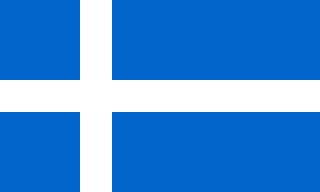
Shetland, also called the Shetland Islands, is an archipelago in Scotland lying between Orkney, the Faroe Islands, and Norway. It is the northernmost region of the United Kingdom.
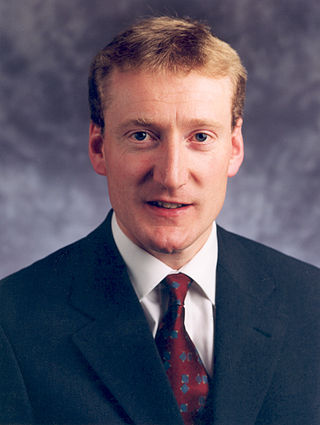
Tavish Hamilton Scott is a former Scottish politician. He was the Member of the Scottish Parliament (MSP) for Shetland from 1999 to 2019, and Leader of the Scottish Liberal Democrats from 2008 to 2011. He stepped down as Leader after the 2011 Scottish Parliament election, in which the Liberal Democrats were reduced to five seats, down from 16 in the previous parliament.
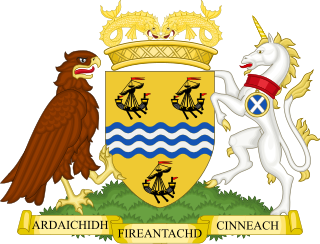
Comhairle nan Eilean Siar is the local authority for Na h-Eileanan an Iar, one of the 32 council areas of Scotland. It is based in Stornoway on the Isle of Lewis.
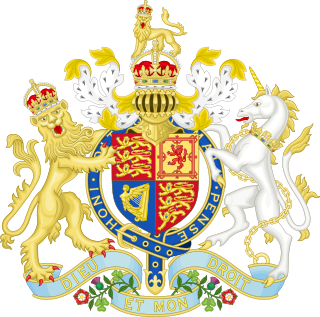
The Representation of the People Act 1948 was an act of the Parliament of the United Kingdom that altered the law relating to parliamentary and local elections. It is noteworthy for abolishing plural voting for parliamentary elections, including by the abolition of the twelve separate university constituencies; and for again increasing the number of members overall, in this case to 613.

Renfrew District was, between 1975 and 1996, one of nineteen local government districts in the Strathclyde region of Scotland.

Shetland is a constituency of the Scottish Parliament (Holyrood) covering the council area of Shetland. It elects one Member of the Scottish Parliament (MSP) by the first past the post method of election. It is also one of eight constituencies in the Highlands and Islands electoral region, which elects seven additional members, in addition to the eight constituency MSPs, to produce a form of proportional representation for the region as a whole.

The Local Government (Scotland) Act 1929 reorganised local government in Scotland from 1930, introducing joint county councils, large and small burghs and district councils. The Act also abolished the Scottish poor law system with institutions passing to the local authorities.
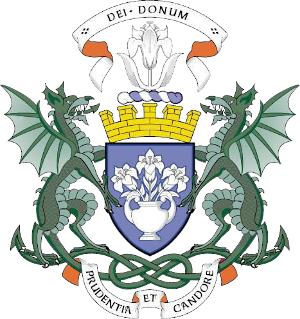
Dundee City Council is the local authority for Dundee City, one of the 32 council areas of Scotland. In its modern form it was created in 1996. Dundee was formerly governed by a corporation from when it was made a burgh in the late twelfth century until 1975. Between 1975 and 1996 the city was governed by City of Dundee District Council, a lower-tier authority within the Tayside region.

The Shetland Islands Council is the local authority for the Shetland Islands, one of the 32 council areas of Scotland. It was established in 1975 by the Local Government (Scotland) Act 1973 and was largely unaffected by the Scottish local government changes of 1996.
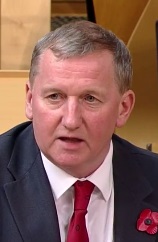
Elections to Fife Council were held on 3 May 2007, the same day as the other Scottish local government elections and the Scottish Parliament general election. The election was the first one using 23 new wards created as a result of the Local Governance (Scotland) Act 2004, each ward will elect three or four councillors using the single transferable vote system form of proportional representation. The new wards replace 78 single-member wards which used the plurality system of election.
The 2007 Highland Council election was held on 3 May 2007; the same day as elections to the Scottish Parliament and to the 31 other councils in Scotland. Previous elections to the council had been conducted using the single member plurality system. Changes implemented by the Local Governance (Scotland) Act 2004 meant that future local government elections were to be conducted using the Single Transferable Vote, beginning with those in 2007. The 80 Highland Councillors were now to be elected from 22 wards, returning either three or four members.
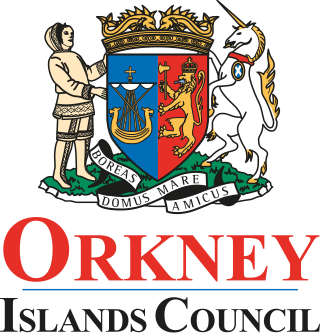
The Orkney Islands Council, is the local authority for the Orkney Islands, one of the 32 council areas of Scotland. It was established in 1975 by the Local Government (Scotland) Act 1973 and was largely unaffected by the Scottish local government changes of 1996.

Elections to Shetland Islands Council were held on 3 May 2007 the same day as the other Scottish local government elections and the Scottish Parliament general election. The election was the first one using seven new wards created as a result of the Local Governance (Scotland) Act 2004. Each ward elected three or four councillors using the single transferable vote system, a form of proportional representation. The new wards replaced 22 single-member wards which used the plurality system of election. The council was one of only three in Scotland with a majority of elected members who were independents.

The second elections to Zetland County Council were held in November 1892 as part of the wider 1892 local elections. According to The Shetland Times, the elections attracted little interest. The council had twenty five seats, and 21 of these were uncontested. Seven of the unopposed councillors were new, whilst the seats of Walls South and Fetlar saw no candidates coming forward. The four seats contested were North Unst, Tingwall, Delting North, and Dunrossness.

Elections to Shetland Islands Council were held on 4 May 2017 on the same day as the other Scottish local government elections. The election was the third using seven wards created as a result of the Local Governance (Scotland) Act 2004, each ward electing three or four Councillors using the single transferable vote system form of proportional representation, with 22 Councillors elected.
Elections to the Shetland Islands Council were held on 7 May 1974 as part of Scottish local elections. This was the first election for the all-purpose Shetland Islands Council, as established by the Local Government (Scotland) Act 1973, combining the Lerwick Town Council and the Zetland County Council. The Council operated as a shadow authority until May 1975, when it assumed full responsibilities for local government in Shetland. 11 seats were uncontested.
Elections to Fife County Council were held on 10 May 1949, the same day as the other county councils in Scotland. The election saw Labour win 18 of the 25 contested seats, with 5 going to the Moderates, and 2 to the Communists.

Elections to Shetland Islands Council took place on 5 May 2022 on the same day as the 31 other Scottish local government elections. As with other Scottish council elections, it was held using single transferable vote (STV) – a form of proportional representation – in which multiple candidates are elected in each ward and voters rank candidates in order of preference.
Elections to the Zetland County Council were held on 8 May 1973 as part of Scottish local elections. This was the last election for the County Council before its incorporation along with the Lerwick Town Council into the Shetland Islands Council in 1975. Elections were held in every part of Shetland except Lerwick to elect 24 landward members to the County Council, who would be joined by six nominated members from the Lerwick Town Council.
Elections to the Zetland County Council were held on 12 May 1970 as part of Scottish local elections. Elections were held in every part of Shetland except Lerwick to elect 24 landward members to the County Council, who would be joined by nine nominated members from the Lerwick Town Council. Only five of 24 seats were contested.













